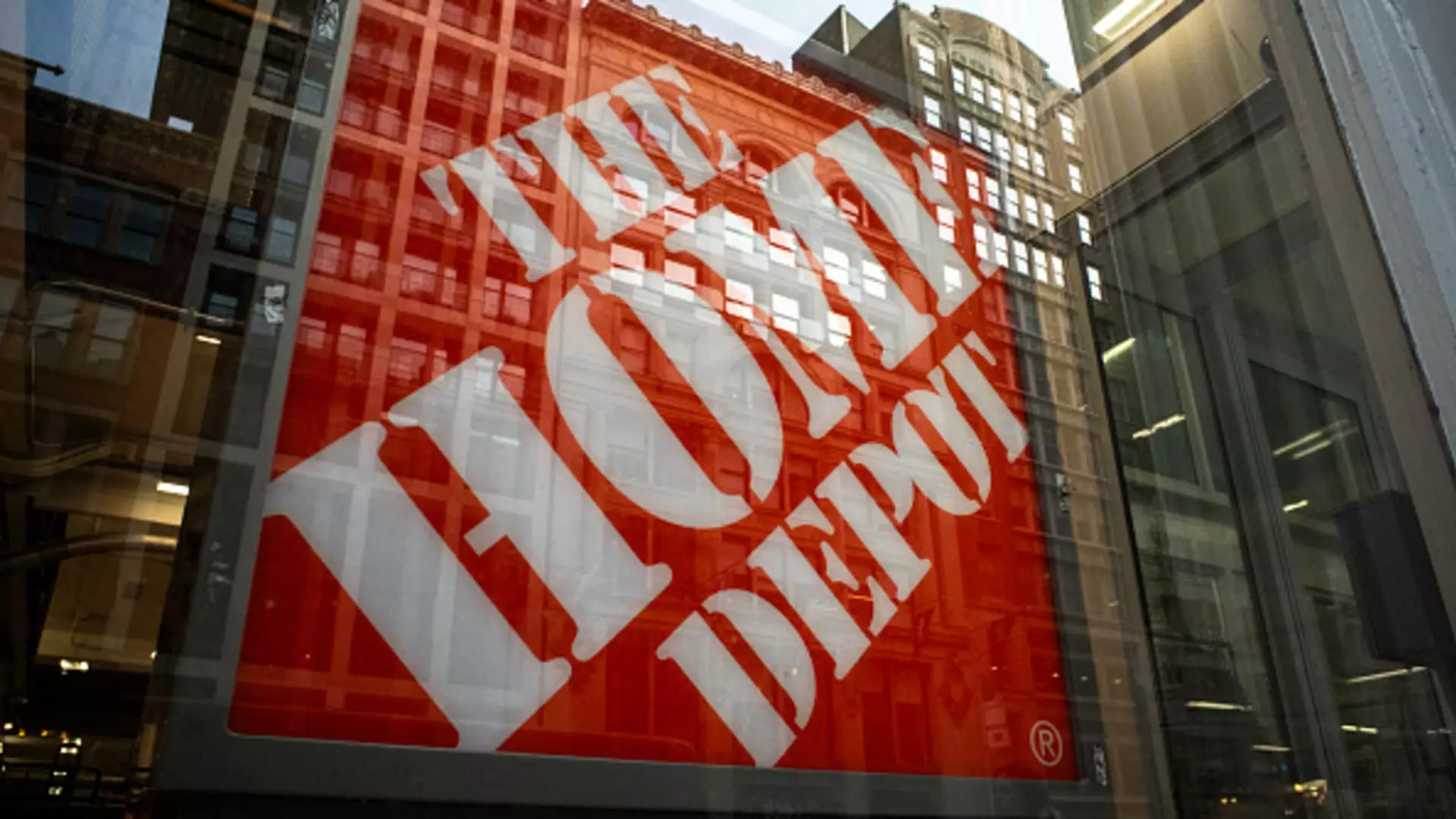In a striking display of the risks plaguing the biotech sector, Viking Therapeutics’ shares plummeted by 42%, delivering a harsh reminder about the volatility inherent in drug development. The disappointing phase 2 trial results highlighted not just the unpredictability of clinical outcomes but also exposed a dangerous overconfidence in the sector’s capacity to deliver groundbreaking cures without adequately managing side effects. This decline underscores an uncomfortable truth: investors often chase shiny prospects, only to be blindsided by the sobering realities of research setbacks. Such crashes often serve as a cautionary tale against the unquestioning optimism that fuels overinvestment, revealing the sector’s fragility when hope outpaces scientific certainty.
Meanwhile, Fabrinet’s 10% drop showcases how even seemingly stable electronics manufacturers are not immune to broader economic and investor anxieties. Slight earnings beats and positive guidance failed to buoy investor confidence amid the tumult, illustrating a dissonance between company fundamentals and market perception. This disparity hints at an underlying shift—perhaps toward more caution and skepticism—where numbers alone no longer reassure the market sufficiently. The biotech and electronics sectors serve as symbols of the broader market’s precarious mood: high risk, high volatility, and the thin line separating optimism from despair.
Tech Stocks React to Profit-Taking and Market Corrections
The monumental gains of this year’s high-flying technology firms are increasingly giving way to profit-taking and corrective maneuvers, illustrating a natural market cycle that’s often overlooked by retail traders. Nvidia’s 3% decline, along with AMD’s 5% fall and Palantir’s 7% drop, mark a retreat that many see as overdue—a healthy acknowledgment that relentless rallying cannot continue indefinitely. Still, it reveals investors’ growing wariness towards overextended valuations, forcing even confident shareholders to reconsider their positions.
This pullback is especially telling when viewed through a center-right lens that advocates for pragmatic investment strategies—recognizing that markets are cyclical, and overexuberance eventually yields to reality. The return to a more cautious footing suggests a maturing market that’s starting to prioritize stability over relentless growth. It signals an environment where vigilant investors will be more discerning, wary of bubbles and overinflated tech valuations. The correction also hints that while innovation drives market excitement, a more disciplined approach rooted in fundamentals will regain prominence.
Cryptocurrency and Strategic Shifts: The Growing Skepticism
Crypto stocks like Strategy, Robinhood, and Mara Holdings took a notable hit as Bitcoin’s decline of over 2% rattled investor confidence. The sharp correction in digital assets undermines the overhyped narrative of crypto as an unstoppable force, exposing its vulnerabilities and speculative nature. The story is not just about Bitcoin’s dip but about the erosion of a speculative frenzy that had masked underlying fragility in these assets. The decline signifies a shift toward a more cautious stance on digital currencies and their associated enterprises, demanding investors to recalibrate their risk appetite.
This retrenchment aligns with a broader recognition that speculation alone cannot sustain long-term growth. Navigating the turbulent waters of crypto and related stocks demands discernment—an acknowledgment that systemic risks, regulatory crackdowns, and volatility are intrinsic rather than anomalies. It also reinforces the importance of prudent regulation and oversight, which are essential for integrating such assets into the broader financial system without risking catastrophic bubbles.
Financial Heavyweights and Strategic Plays Herald Cautious Optimism
In stark contrast, some traditional giants display resilience amid the turmoil. UnitedHealth’s modest decline of 2% after a stellar run, aided by Warren Buffett’s sizable stake, illustrates how institutional confidence can serve as a stabilizing force in volatile markets. Buffett’s recent investment reflects a fundamental belief in the health insurance sector’s long-term stability—an endorsement that provides a ripple of reassurance amid broader market jitters.
Meanwhile, Intel’s 6% jump following SoftBank’s $2 billion investment signals a recognition of the sector’s potential to attract strategic backing. This move demonstrates that despite economic uncertainties, some sectors remain attractive due to their strategic importance or future growth prospects. Such investments reveal a nuanced market landscape: while some areas are refocusing on fundamentals and stability, others are seeking strategic partnerships to fuel long-term growth, reflecting a pragmatic approach within a shifting economic environment.
The current market landscape is a portrait of contrasts—ranging from sectoral collapses in biotech and crypto to resilient moves in traditional industries. It underscores the importance of discernment, patience, and strategic positioning in a climate characterized by volatility and correction. For the center-right investor, the message is clear: deep fundamental analysis, cautious optimism, and an unwavering focus on sustainable growth will be paramount in navigating this turbulence.

